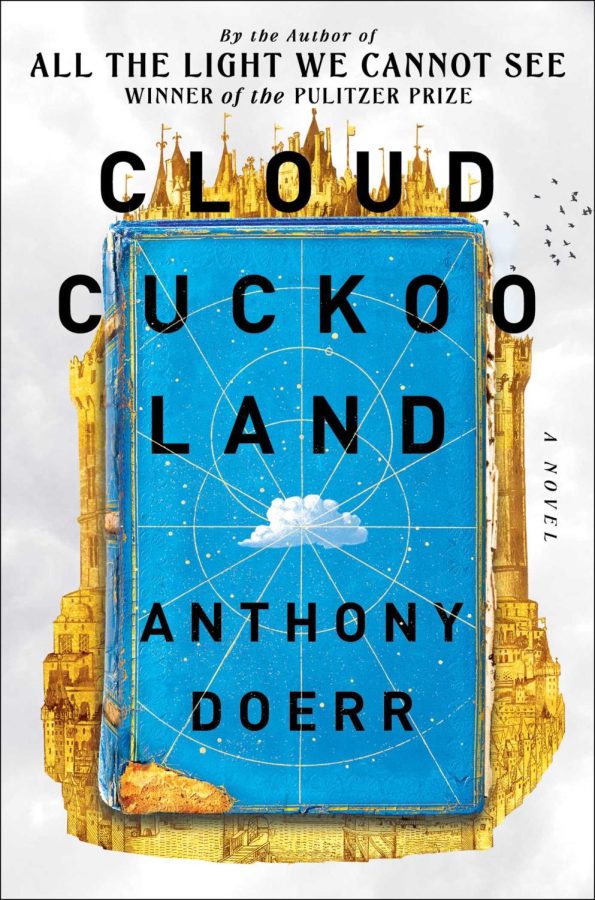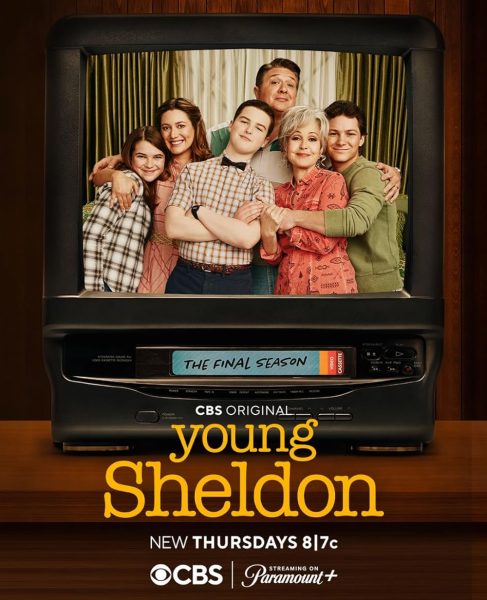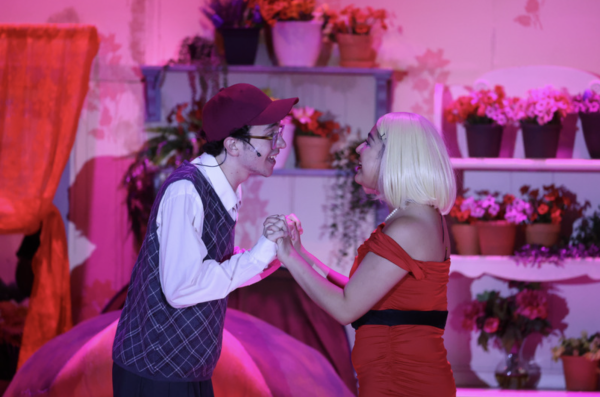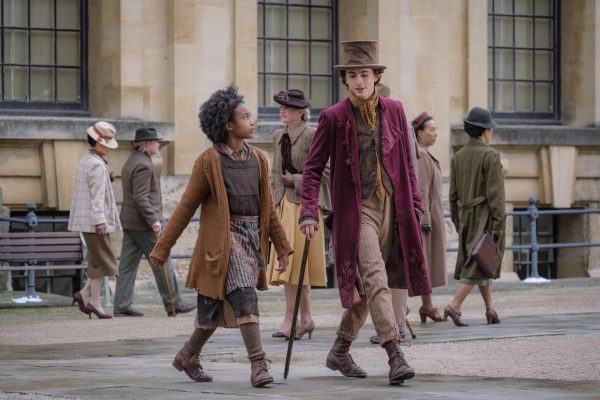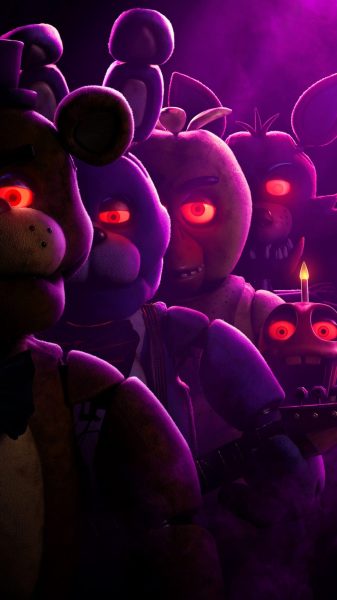Cloud Cuckoo Land: a fantasy masterpiece
Anthony Doerr’s latest piece is already on track to be one of the best pieces of fiction of the year
December 23, 2021
“Cloud Cuckoo Land,” the latest work of fiction by Pulitzer Prize winner Anthony Doerr, is a deliciously well-woven tale that spans timelines hundreds of years apart. Each timeline guides you into the lives of various characters, all connected by a single story: “Cloud Cuckoo Land,” an imaginary tale theorized to have once been written by Andrew Diogenes, a Greek author of speculative fiction. Despite living hundreds of years apart, Doerr’s cast of characters are united by their associations with the Greek comedy.
Anna and Omeir live in Greece in the 1400’s. Anna works as an embroideress with her sister in Constantinople under Christian rule. Throughout the story Constantinople is threatened by the sultan, who is marching his army across Greece to annihilate the city’s ancient walls and claim it for his country. Omeir was born outside of Constantinople in a small village. Outcast from the village as a result of his cleft lip (a deformity thought to be a curse of the devil), he grew up in a small cottage with his parents. Once he’s of age, he’s recruited to aid the sultan in the war on Constantinople. This is where Anna and Omeir’s perspectives clash. However, in comparison to the others, I looked forward to reading about them the least.
Seymour and Zeno are introduced in a time more familiar to readers of this article, spanning from the 1940s to 2020 in Lakeport, Idaho. Seymour is a neurodivergent seventeen-year-old with a passion for environmentalism that stems from his experiences with a gray owl in his early childhood. Although his heart seems to be in the right place, sneaking bombs into a library full of elementary school children was possibly the worst decision he’s ever made. Zeno is a veteran of the Korean War who is introduced as the coordinator of a play the children are performing in the library. Seymour and Zeno’s perspectives often switch back to years before the library incident and reflect upon past memories, further developing the characters in a unique and empathetic approach.
My favorite perspective of the novel takes place decades after the earth has been destroyed by humanity. Konstance is a young girl born on the Argos, a ship set on course for Beta-Oph2, a planet thought to have similar conditions to Earth. Although the ship won’t reach Beta-Oph2 for another five hundred years, Konstance is determined to learn everything she can about Earth and its history. Throughout her search for information, she begins to uncover a dark secret that thwarts everything she’s ever known about the Argos – and her life’s purpose.
Besides his distinctive characters and number of timelines, Doerr presents several other unique aspects to “Cloud Cuckoo Land,” one of those being his strange choice of formatting for the novel. Each chapter takes place in the perspective of a character, separated by pages describing the time frame and interspersed with excerpts from the imaginary “Cloud Cuckoo Land” tale by Diogenes. However, each chapter is peculiarly short. Readers are only able to read a couple pages of a certain character’s point of view at a time before they are immediately thrown into another character’s shoes. Although this may be beneficial to those who enjoy taking breaks between each chapter or are easily distracted, many readers may find the structure frustrating because they are quickly immersed in a character’s story and then yanked right out of it and into another.
The plot of “Cloud Cuckoo Land” is unique as well, specifically because it is nothing like the traditional plot of a fiction novel. Rather than adhering to the typical exposition, rising action, climax and resolution sequence, the novel reads more like a journey through time itself. You wander through Greek landscapes, briefly enter the Korean War, dive into technology far off from Earth and are dumped back into 2020 Idaho all within the same story. There is no defined plot, only connections between time the reader will begin to realize as they take their journey into “Cloud Cuckoo Land.” The word “chosisme,” a writing style in which plot and characterization are de-emphasized and people, events and setting are recorded as though seen by the author through the lens of a camera, is the perfect diction to describe Doerr’s writing. This novel is purely an experience of time itself and the intimate connections woven through the act of storytelling.
This book is worth a read for anyone who cherishes not just reading, but the idea of reading and passing intricate messages to others through words. It also puts an emphasis on environmental awareness and includes several gay characters that are especially well-written for a heterosexual author, something not often seen in fictional media. They are well-developed characters with interests and depth beyond their sexualities. Representation, gorgeous prose and an entirely new reading experience creates a beautiful and intricate novel that belongs on every book-lover’s shelf.

